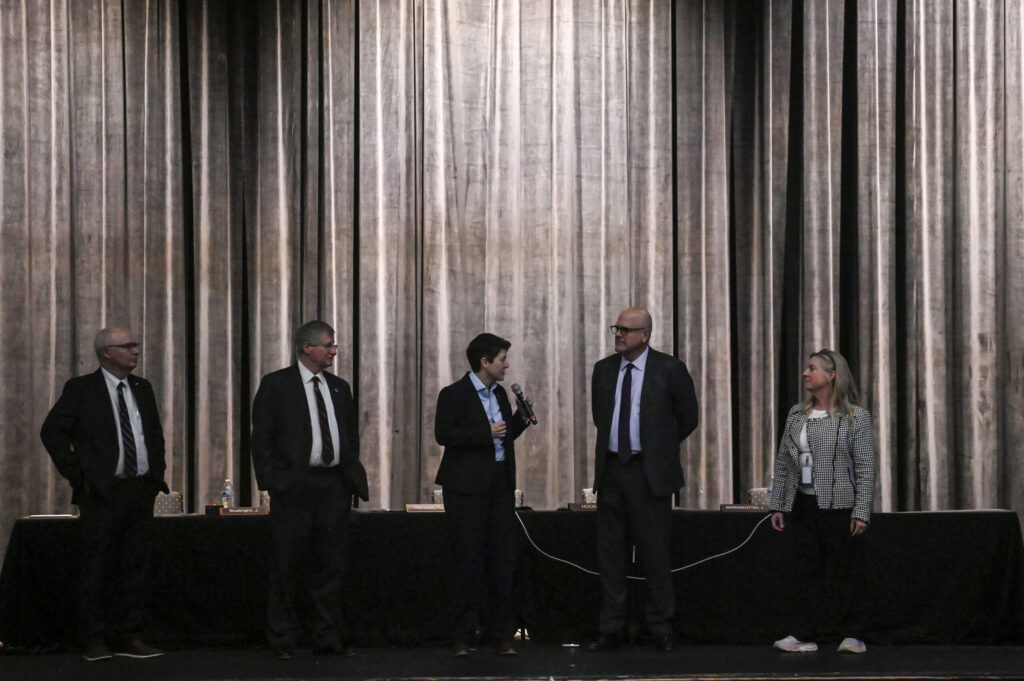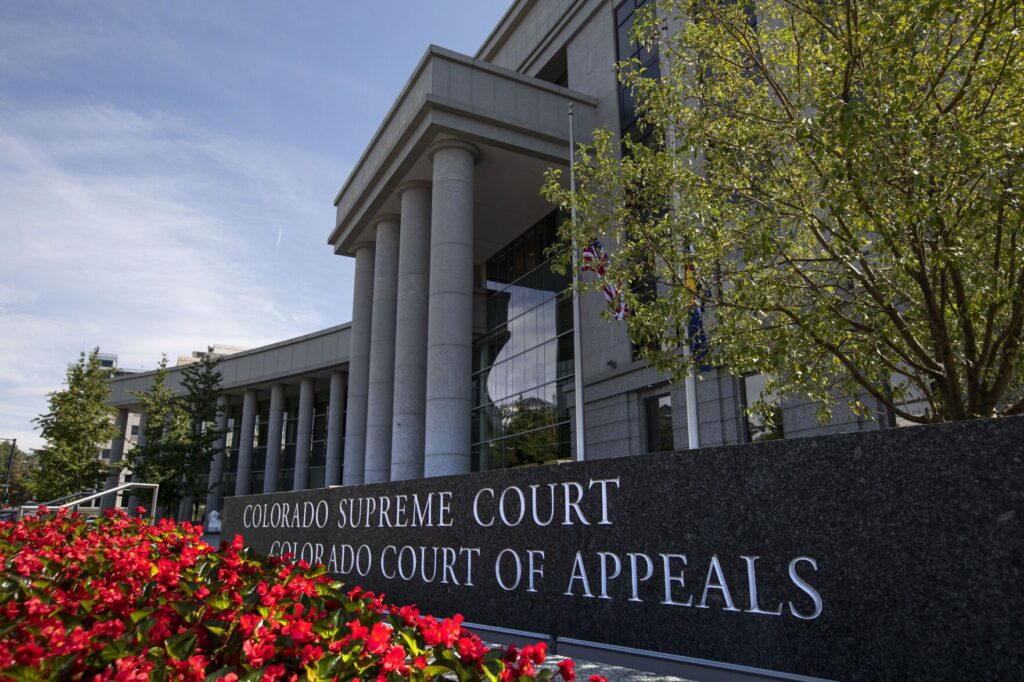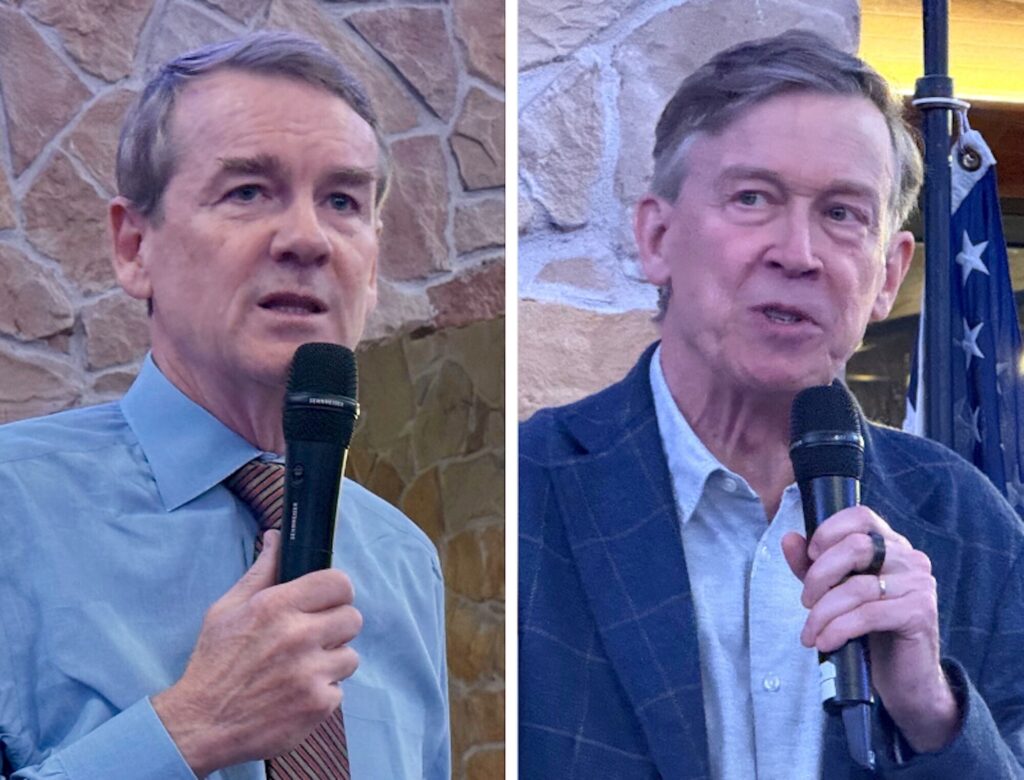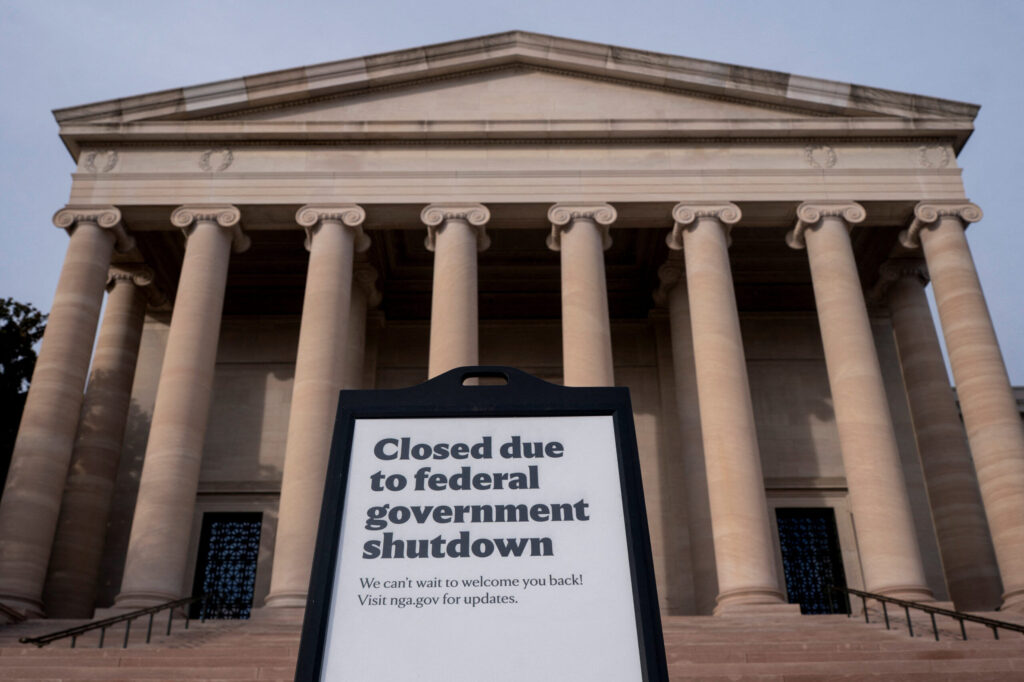Fractivists gush over 2016 ballot initiatives

Anti-fracking environmental activists aim to have three proposals on the November ballot that would make it tougher for the energy industry to engage in hydraulic fracturing, or “fracking,” in Colorado.
The three initiatives — numbered 63, 75 and 78 — filed by Coloradans Resisting Extreme Energy Development are the last proposals standing from the nearly dozen initially filed by activists last year.
Initiative 78 proposes a mandatory setback of at least 2,500 feet for any new oil and gas wells — including wells that undergo fracking — from occupied structures or what proponents call “areas of concern.” Those areas of concern could include lakes, rivers, playgrounds, sports fields, public parks, open spaces, outdoor concert facilities, and drinking water sources. This, even though Democrat Gov. John Hickenlooper himself drank alleged fracking fluid a few years ago to help ease concerns it is safe.
The mandatory setback could indeed prove to be just that — a setback of the financial kind. According to the University of Colorado’s Leeds School of Business, a mandatory setback of even 2,000 feet (smaller than proposed by the initiative) would cost Colorado’s economy tens of thousands of jobs, more than $4 billion in lost personal income statewide and $6 billion in gross domestic product.
Many in the energy industry oppose the need for additional distance requirements, as Colorado already has laws in place that require drilling sites to maintain a 500-foot distance from homes and a 1,000-foot distance from schools and hospitals.
Initiative 75 would authorize local governments to become the primary authoritative body over oil and gas operations within their jurisdictions. The proposal would take power away from the state and give local governments the authority to set rules and regulations pertaining to oil and gas activity. It would also allow local governments to ban fracking completely. It is questionable, however, whether initiative 75 is actually needed when one “drills down” to find that cities such as Broomfield, Boulder, Lafayette and Fort Collins have already voted to ban fracking — even without the such a law in place.
Perhaps the most radical among the proposals, initiative 63 asks voters to approve that Coloradans are afforded a human right to a “healthy environment.” Proponents of the initiative describe a healthy environment as a place that provides “safe and sustainable conditions for human life, including healthy air, water, land” and more.
Furthermore, initiative 63 would allow anyone to file a lawsuit seeking damages for failure to “abide by or enforce the provisions of this fundamental right to a healthy environment.” Presumably, the proposal would open a Pandora’s box to allow anyone to sue any local government entity, the state, or any energy company engaging in a practice that is deemed to interfere with a person’s human right to a healthy environment.
As extreme as these initiatives are labeled by opponents, the scenario could have been much worse for the energy industry. A previous proposal, initiative 62, called for an outright statewide ban on fracking. It was withdrawn by proponents — along with seven other initiatives — earlier this year after public polling showed that the majority of Coloradans support responsible oil and gas exploration.
But that hasn’t stopped years of environmental activism in Colorado, which often relied upon support from outside national groups.
Although “fracktivists” have suggested their activism is homegrown, campaign finance records and organizational affiliations say it is anything but local.
Large national groups have helped grease the skids on everything from a “Stop the Frack Attack” march on Denver to campaigns for local fracking bans in Broomfield County and Boulder County. The Statesman has previously reported that the national Food and Water Watch activist group was a “major player in the anti-fracking movement.” In addition, some of the anti-fracking organizers such as Frack Free Colorado’s Russell Mendell have been associated with national groups such as the Occupy Wall Street movement according to Energy In Depth, a publication covering the energy industry. According to The Complete Colorado, local front groups such as Fracking Front Lines are also funded by Clean Water Action and the Clean Water Fund, two national environmentalist groups which share the same office address in Washington, D.C. Last but not least, voters should be mindful of the nearly $10 million that billionaire environmental activist Thomas Steyer has spent in the Centennial State over the last two years supporting candidates that oppose fracking.
Whether more national money flows into the state to help grease the wheels of the initiative process remains to be seen, as does whether the trio of anti-fracking initiatives will pass this November. But one thing is certain: the fight is on for the future of Colorado’s energy resources, the livelihood of its workers, and its very economy.













